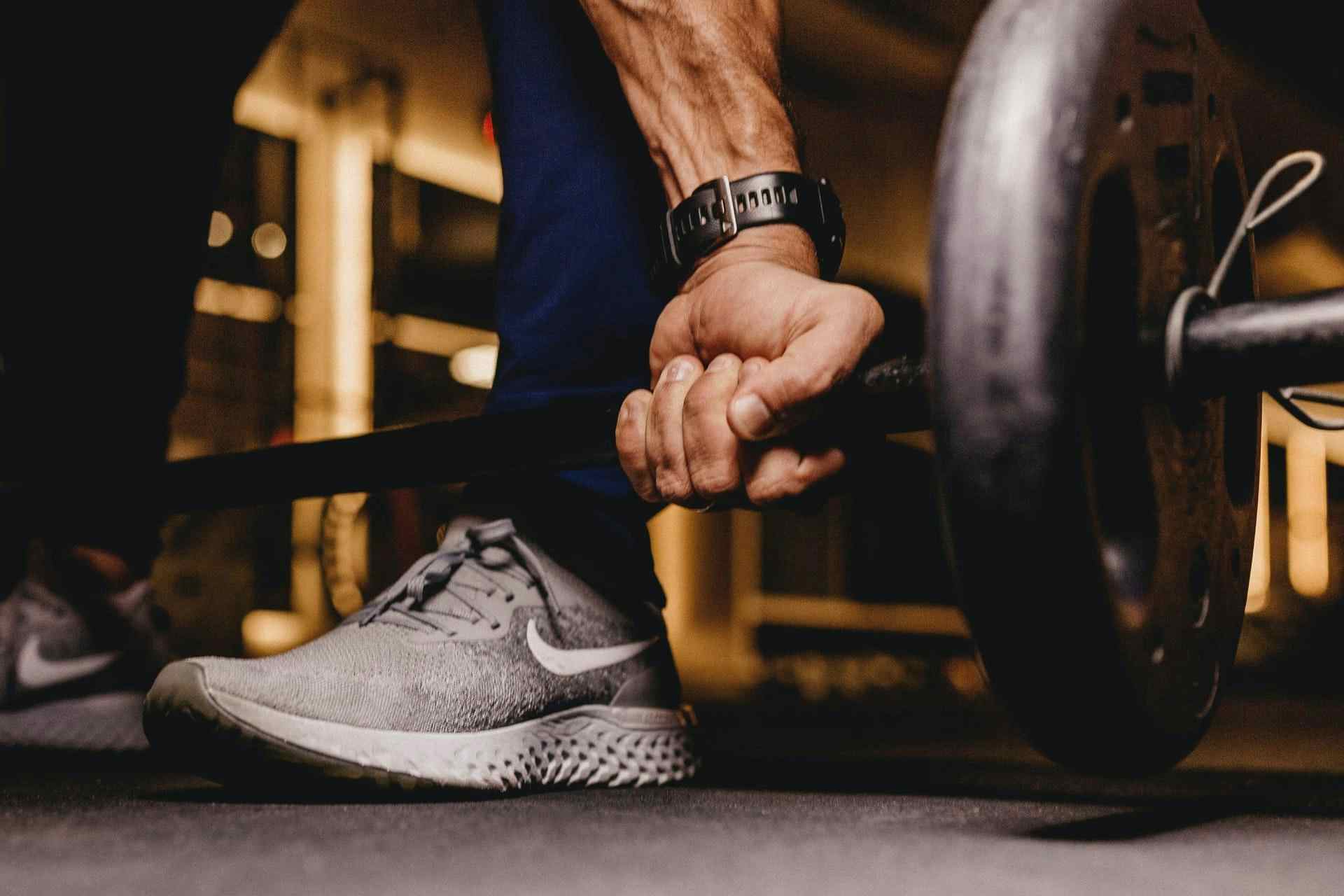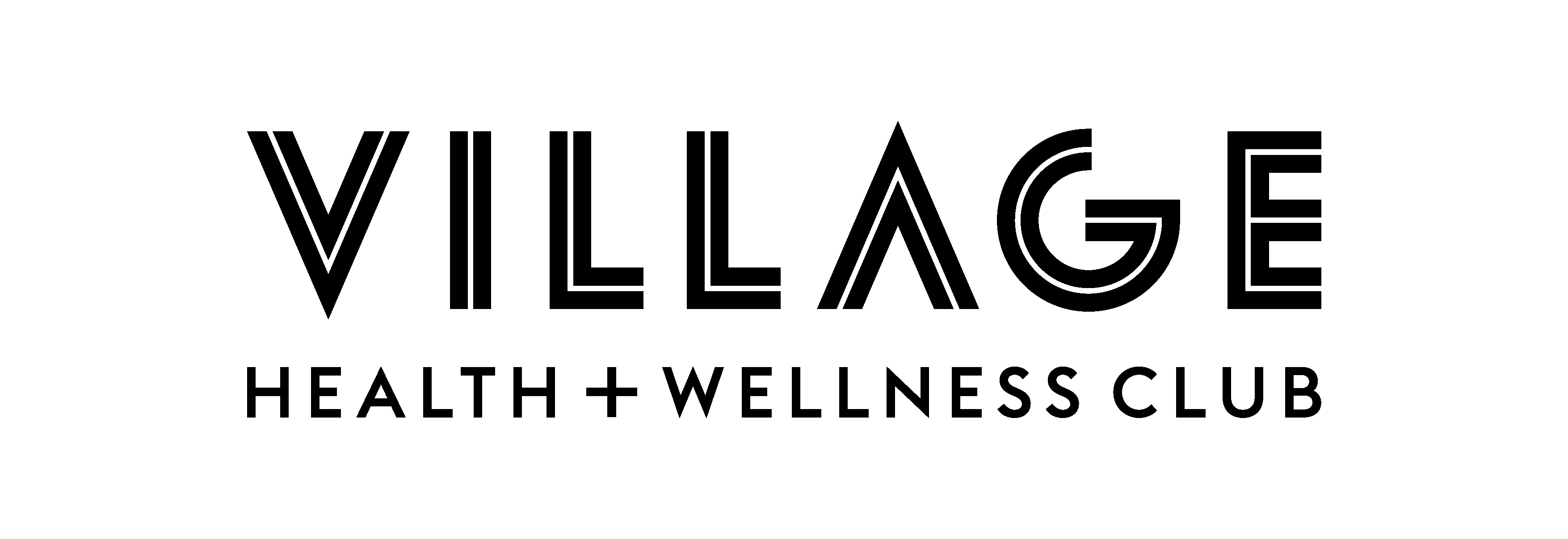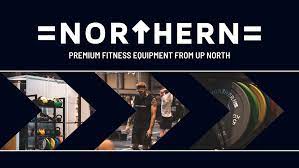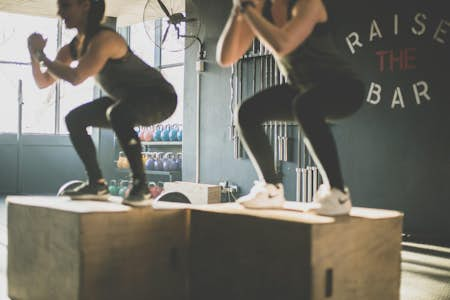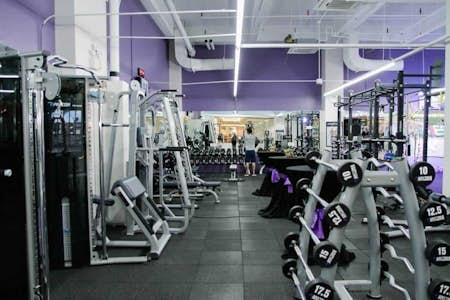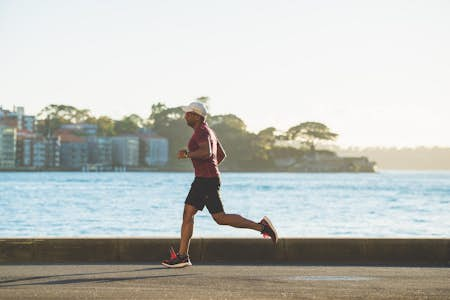As we age, it can become difficult to grow muscle mass like in our youth. There are many reasons for this, but most are lifestyle changes rather than age-specific ones.
Reversing the trend of muscle loss can be a positive step, offering many health benefits. But could identifying the easiest muscles to grow in later life help you? Or is it more critical to target harder muscles?
Ready to transform your life? Whether you're looking for a new pair of running shoes or some shiny home gym equipment, you can find everything you need to fuel your fitness journey with our partner brands.
Why is building muscle in later life difficult?
Sadly, it is true that building muscle in later life can be more difficult. There are several reasons why this is the case:
- Lifestyle - We tend to be less active as we age. This can be down to mobility issues and an increased risk of injuries. In addition, a more sedentary life can lead to muscle loss.
- Sarcopenia - This is the natural decline in muscle mass as we age. As a result, muscle fibres become smaller, less numerous, and less able to repair themselves after workouts and injuries.
- Less protein - Another side effect of ageing is that we tend to eat less, reducing our protein intake. Dietary protein plays a crucial role in muscle building and maintenance.
- Limited mobility - Age can cause a lot of stress and strain on our bodies, which can impact our mobility. As injuries become harder to recover from, and a lifetime of poor posture can cause long-term issues, our mobility will decrease. In addition, not having a full range of motion can affect muscle growth and reduce the number of exercises available.
There are more reasons than the ones above, but these are the most important. It’s important to note that the above reasons may make it more challenging to build muscle, but that does not mean you can’t do it.
In fact, following a well-designed resistance program (free weights and machines) can help reduce the impact of these age-related conditions.
Exercise can help improve your mobility, fuel your appetite (which can lead to increased protein intake), help prevent lifestyle factors affecting your muscle growth, and help lessen the effects of sarcopenia.
What are the easiest muscles to grow in later life?
Finding the easiest muscles to grow is tricky, as it can differ from person to person based on their unique circumstances. For example, someone with a bad back may struggle to train their abdominals more than someone whose back is fine.
Does that make abdominals a problematic muscle to grow for everyone? No. But many people are susceptible to back problems as they age, which is something to consider.
We have based this list on several factors. The first is how easy the muscles are to build without considering age. Then we've thought about which exercises are more accessible to people over 50 or over 60. For example, Olympic lifting is unlikely to suit most people over 60. In contrast, a seated leg extension is perfect and works the quadriceps well.
Check out our article on building muscle after 50 to learn more about creating effective training programs.
1. Trapezius
Training the upper body is an excellent way for people over 60 to gain muscle. The upper back muscle group is straightforward to train, and you can get exceptional results. The trapezius muscles are at the centre of your upper back. These are the muscles responsible for shrugging your shoulders up and down.
When you carry a large shopping bag in both hands, your trapezius muscles do most of the work.
Training the trapezius muscles is easy and has a lot of practical applications. The barbell shrug is very popular for training the traps, but if you have mobility issues, then the dumbbell shrug is a better option.
Another great trap-building exercise is the farmer's walk. This involves holding a dumbbell in each hand and walking as far as you can with your chest pushed out and your shoulders back. This can be done with shopping bags on your way back from the supermarket if you don’t have access to a gym.
2. Gluteus Maximus
A highly underrated and under-targeted muscle group, the glutes are easy to grow through some simple lower body exercises. Squats, lunges, step-ups, glute bridges, and resistance machines such as the leg press are all great for building your glutes.
If you have mobility issues, exercises such as the box squat are perfect, allowing you to train your glutes in the safest way possible. The leg press machine is also a highly accessible exercise for seniors—an excellent option for lifting weights on leg day.
3. Quadriceps
The quadriceps are one of the most targeted muscles in bodybuilding because they can look aesthetically pleasing and are highly functional. Older people may not be interested in bodybuilding, but training your quads can be highly beneficial, and it is pretty easy to do so.
The leg extension machine is perhaps the easiest lower body exercise to learn, other than the box squat. From there, you can progress to single-leg extensions, a much more taxing version and one that is perfect for strength training your quadriceps.
Lunges can be challenging to learn, as they require a lot of coordination and balance. Because of these challenges, the lunge (once mastered) is an excellent exercise for older people.
Body weight exercises can be performed anywhere and don’t require a gym membership. You can also increase the difficulty of the lunge over time by adding a dumbbell, increasing the reps, or learning one of the many variations.
4. Pectorals
The pecs (pectoralis major muscle) are easy to train due to their number of fast-twitch muscle fibres and the variety of chest exercises you can learn.
While many consider the bench press intimidating, it is straightforward to learn and perfectly safe to perform at any age, provided you use a moderate weight.
Learning how to perform a push-up is another worthwhile endeavour. This exercise targets the pectoralis major as well as the triceps and deltoids. Unlike pull-ups, you can learn how to do push-ups even if you don't have much upper body strength.
5. Biceps
Many lists have the muscles of the upper arm down as hard to build muscle, but we've placed them in the easy section. Why? Bicep exercises are straightforward to learn and perform, even if you have mobility issues or poor coordination.
Dumbbell bicep curls are effortless, and you can start doing them without much help. In addition, several back exercises employ the biceps. Assisted chin-ups are a prime example of an easy-to-perform upper back exercise that also targets the arm muscles.
6. Triceps
Triceps are on this list for the same reason biceps are on this list. They are easy to train and often work in upper body exercises such as the bench press, push-up, and shoulder press. They are not large muscles, and you don't need to use heavy weights. If you can, get a personal trainer to teach cable machine exercises such as the tricep pulldown or pushdown.
7. Deltoids
Deltoids are not particularly easy muscles to grow, but as with the arm muscles, they are worked by many easy exercises that people of any age can master. For example, you can perform front raises and side raises, seated dumbbell shoulder presses, or chest exercises such as the incline bench press.
8. Lower Back Muscles
Not only are lower back muscles easy to grow, but they are vital for older people. This is because you need to use them a lot in day-to-day life. Learning how to perform a dumbbell deadlift is a great start. It will teach you how to lift heavy items off the floor safely and without risking injury. It also makes other exercises easier by improving your mobility.
9. Latissimus Dorsi
The lats are great for building strength and muscle size relatively fast due to the muscle fibres they comprise. They are also easily targeted. Provided you can work an assisted pull-up machine or a lat pulldown, you will be able to hit your lats.
10. Rhomboids
The rhomboid muscle is in the upper back, very close to your traps, and you can target it using several of the same exercises. The lower neck and upper back stretch, where you clasp your hands together and then push them forwards while pushing your shoulders and upper back backwards, is an excellent exercise for the rhomboids.
What are the hardest muscles to grow in later life?
Now that we have taken a look at ten of the easiest muscles to grow in later life, it seems like a good idea to name five of the most complicated muscles to grow.
1. Abdominals
The abdominals are hard to grow no matter what age you are, but they are relatively easy for young people to strengthen. The reason why abs are on this list is that many of the exercises can be hard to perform as you age. They require strong lower back and lower leg muscles, and you need decent abdominal strength to perform these exercises correctly.
That doesn’t mean that you should avoid them, though! On the contrary, it would be best if you prioritised them. If you can, hire a personal trainer to teach you how to build muscle in this area. Or ask a fitness instructor to show you how to perform crunches and planks. There are several excellent guides online too.
2. Hamstrings
As with the abdominals, hamstring exercises are challenging due to mobility issues. One of the areas where we tend to lose flexibility quickest is the hamstring muscles. Poor hamstring flexibility makes many hamstring exercises almost impossible at first. If you are struggling, spend time on the seated leg curl machine using a light weight. You can then build your mobility, strength, and flexibility over time.
3. Obliques
These are muscles that are close to your abdominals and travel around the sides of your torso. They are pretty tricky to grow anyway, but as with ab muscles, they require a lot of mobility and flexibility to work correctly. It is well worth performing exercises for the obliques, but it is best to focus on learning the technique and being patient.
4. Calves
Growing your calf muscles is complex no matter what age you are unless you are genetically predisposed to large calves. If you are, then you already have them. If you are not, then good luck! It is possible to increase calf size slightly, but it requires a lot of hard work.
5. Forearm Muscles
This is more about grip strength than just your forearm muscles. Many exercises that can improve grip require a decent amount of power. But over time, you can manage this with exercises such as shrugs, deadlifts, and farmer's walks.
Should you prioritise easy muscle growth?
One of the most frustrating aspects of building muscle is that there isn't a shortcut. You must get out of your comfort zone if you want to progress. Looking for "easy" muscles to work while neglecting "hard" muscles will cause issues down the line.
If you neglect your abdominals because they are hard to do, this will affect your posture, lower back strength, and ability to perform most upper or lower body exercises.
Focus on training your muscles regularly, using compound exercises (exercises that target several muscles simultaneously) and adding in some gentle cardio to help lower body fat.
Why full-body training is ideal for older people
Most older people are unlikely to train five to seven days per week. Three or four is more likely, and a more achievable goal. Unfortunately, this means that you can’t train individual muscle groups separately. So, no back day, leg day, arm day, and chest day.
Instead, you would train each muscle group for 1-2 exercises as part of one workout. Then repeat that workout (with some variations) for the other two to three sessions. You would then target each muscle a couple of times per week, which will help build strength and size.
You can vary the repetitions and sets for the exercises. For example, have one day where you train with higher reps and one day with lower reps.
Rita Trotter, a professional health and fitness coach, told Health Times: “As you can imagine, mobility is vital when it comes to having a body that performs for you in everyday life. It’s being able to reach overhead to get something off the top shelf or easily bending down to pick up something on the floor. Or even being able to turn your head to look over your shoulder. And it’s also about getting into a deep squat or performing Olympic lifts safely!
"But it’s often confused with flexibility because the two are so intertwined. It can help to think of mobility as 'applied flexibility.' There is a third function to know about when it comes to mobility ... because it’s designed to keep your body safe and strong. Your joints need an anchor point – a start/stop position – so that they can move through their normal ranges of motion at an appropriate speed.
"Without that anchor, they can become unstable and set you up for all sorts of problems. Remember the old Skeleton Dance song? 'The foot bone’s connected to the leg bone, the leg bone’s connected to the knee bone,' etc.? Your body has a chain of connected joints that allows you to move while also keeping you safe and stable. It’s called the kinetic chain. If one link in that chain isn’t working properly – by being either too tight or too loose – it can throw off many other links in the chain.
"When this happens, muscles that normally allow your joints to mobilize (move through their range of motion) suddenly are called on to help stabilize you. So it is vital to work all areas in EQUAL proportion.”
What are the easiest muscles to grow in later life
Finding muscles that are hard to train or easy to grow is kind of pointless, as you are going to have to train them regardless of difficulty. You can't follow a program that ignores your abs, nor can you follow a program stuffed full of trap exercises just because they are easy to grow.
Hopefully, this article has given you a better idea of why some muscles are easier or harder to grow and how this affects you as you age. For example, a 19-year-old bodybuilder will probably find it easier to develop their hamstrings than a 60-year-old accountant. But the bodybuilder and the accountant still need to train their hamstrings regularly.
Working out can be enjoyable and can significantly change your health and lifestyle. But you will have to train both easy and hard muscles along the way.
If you’re experiencing pain or exhibiting other symptoms during or after exercise, you should stop what you’re doing and seek medical attention.
With Scan.com, you can take action quickly and put your mind at ease.
Choose from 10 scan types at over 250 clinics nationwide and get the answers you need so you can continue looking after your health.
Visit Scan.com now to learn how it works and book your scan.

